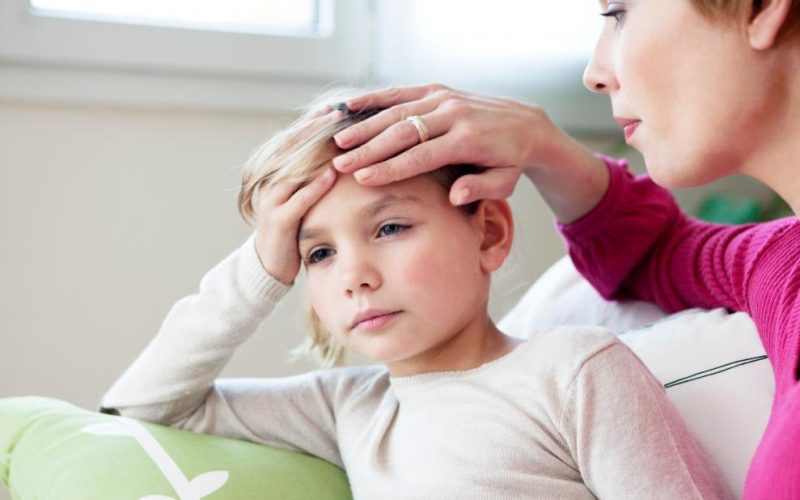Introduction
Children Get Migraine are a common complaint among children and teenagers, but when they become frequent and intense, they might be indicative of migraines. In this comprehensive guide, we delve into the nuances of migraines in young individuals, from their onset and symptoms to prevention strategies and management techniques.
Early Onset and Gender Differences
Migraines can begin to affect children as early as age 10, with approximately one in 20 experiencing these debilitating headaches. Surprisingly, before puberty, migraines affect boys and girls equally, but following puberty, they tend to be more prevalent in girls.
Migraine Symptoms
Identifying migraines in children can be challenging as they may not always present in the typical manner observed in adults. However, some common symptoms include:
- Throbbing pain on both sides of the head
- Nausea and vomiting
- Sensitivity to light and noise
- Fatigue and irritability
- Changes in appetite
- Pallor or flushing of the face

Understanding Migraine Triggers
While the precise cause of migraines remains elusive, certain triggers can precipitate an episode. These triggers may vary among individuals but commonly include:
- Stress and anxiety
- Hormonal changes (particularly in adolescent girls)
- Lack of sleep or irregular sleep patterns
- Dehydration
- Skipping meals or fasting
- Certain foods and food additives
Preventive Measures
Preventing migraines in children and teens often involves identifying and avoiding triggers. Here are some preventive measures parents can implement:
- Maintain regular sleep patterns and ensure an adequate amount of sleep each night.
- Encourage a balanced diet rich in fruits, vegetables, whole grains, and lean proteins.
- Stay hydrated by drinking plenty of water throughout the day.
- Incorporate regular physical activity into your child’s routine.
- Teach stress management techniques such as deep breathing exercises, meditation, or yoga.
- Keep a headache diary to track potential triggers and patterns.
Managing Migraines
When a migraine strikes, prompt management can help alleviate symptoms and reduce the duration of the episode. Here are some strategies parents can employ:
- Create a quiet, dark environment for the child to rest.
- Apply a cool compress or cold pack to the forehead or neck.
- Encourage your child to stay hydrated and avoid caffeine and sugary beverages.
- Administer over-the-counter pain relievers such as ibuprofen or acetaminophen as recommended by a healthcare provider.
- Consider prescription medications, including triptans, for severe or recurring migraines under medical supervision.
Seeking Medical Help
It’s essential for parents to seek medical advice if they suspect their child is experiencing migraines, especially if the headaches are severe or accompanied by concerning symptoms such as:

- Persistent vomiting
- Dizziness or loss of balance
- Changes in vision
- Weakness or numbness in limbs
- Difficulty speaking or understanding speech
| Aspect | Children | Adults |
|---|---|---|
| Onset Age | As early as 10 years old | Typically in adulthood |
| Gender Prevalence | Equal before puberty | More common in females after puberty |
| Symptom Presentation | Often on both sides of the head | Often one-sided |
| Common Symptoms | Throbbing pain, nausea, sensitivity to light and noise | Throbbing pain, nausea, sensitivity to light and noise, vision changes |
| Triggers | Varies; stress, fatigue, hunger, among others | Varies; stress, hormonal changes, certain foods, among others |
| Preventive Measures | Identifying and avoiding triggers, maintaining healthy habits | Identifying and avoiding triggers, lifestyle modifications |
| Treatment | Rest in a quiet, dark room, over-the-counter pain relievers, prescription medications if necessary | Rest, over-the-counter or prescription medications, lifestyle changes |
Conclusion
Migraines can significantly impact the quality of life for children and teenagers, but with awareness, proactive management, and medical support, parents can help their children navigate through these challenging episodes. By understanding the symptoms, identifying triggers, and implementing preventive measures, parents can empower their children to manage migraines effectively and lead healthier, happier lives.












